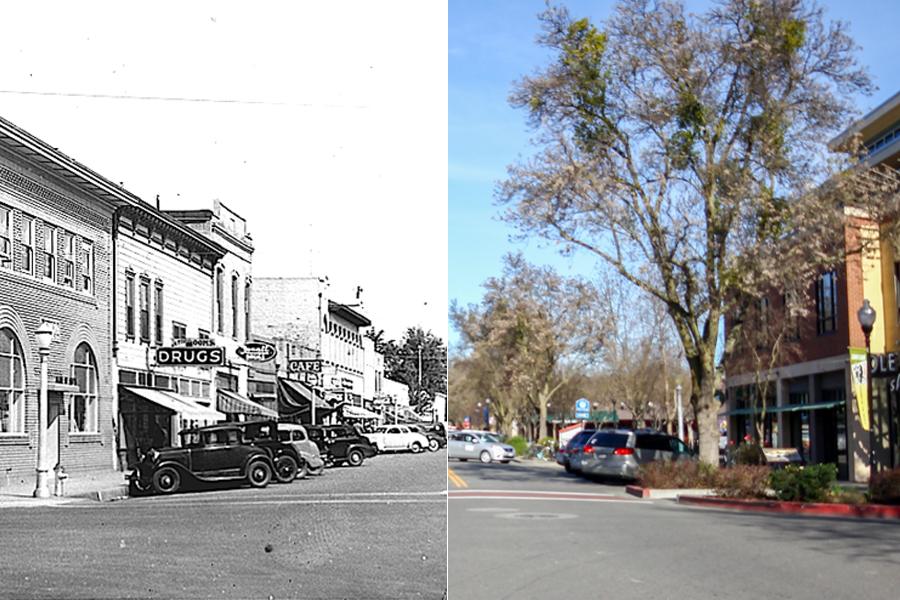
Developers make plans for Davis expansion
With a steadily increasing population density and expanding UC Davis campus, the City of Davis has considered numerous development plans to accommodate the growing local community over the past few years.
According to the United States Census Bureau, Davis has grown from having less than 1,000 residents to almost 67,000 since its establishment as a city in 1917.
Bob Wolcott, Davis principal planner for the department of community development and sustainability, explained that future development plans for Davis are multifaceted. Goals include increasing nonresidential development, creating more compact residential areas and improving energy and water use efficiency.
“As we do all those things, they have to be balanced,” Wolcott said. “You don’t just do it without consideration for the existing fabric of the city. It’s a balance of achieving these goals for new developments while still respecting what we have now. That’s what makes it a challenge.”
One development project currently underway is The Cannery, located at 1550 Cannery Av., which will create residential homes and provide a working farm for the community. Many other projects throughout the city are in various stages of planning and approval, including the mixed-use Nishi Gateway District and Sterling 5th Street Apartments.
Katherine Hess, Davis community development administrator, explains that development plans in the city require different forms of approval based on their location.
“Almost all of the land on the edges of the current community is designated for agricultural use. So [using] that for something other than agriculture requires a public review process, it requires environmental analysis,” Hess said. “If the City of Davis wishes to change land from agriculture or open space uses to urban development, it needs to be approved by the voters.”
The construction of The Cannery did not require this review process because the land was previously designated for industrial use.
Future construction plans are also limited by physical boundaries. Hess explains that the residential areas surrounding Downtown Davis make radial expansion unlikely, though there have been efforts to use the existing space more efficiently.
“There is continued desire on the part of the City Council to allow some additional intensity within the downtown [area],” Hess said. “There are some parcels that are underutilized, [such as] surface parking lots, for example. There are some buildings with very low floor area ratios, so there could be the potential to change some of the existing properties to more intensity.”
John Lofland, UC Davis professor emeritus of sociology and creator of the Davis History Today website, explained that the City of Davis went through the bulk of its growth in the latter half of the 1900s, with growth slowing in the 1990s.
“Already, by 1970, the physical transformation of Davis was well underway, although in large parts it looked like a Western boomtown,” Lofland said. “On Covell Boulevard, all of those apartments were largely still under construction.”
Ken Galett and his wife Sandi Redenbach graduated from UC Davis in 1967 and 1972, respectively, and still live in Davis today. Since they first moved to Davis, the couple has seen the city transform.
“It’s night and day,” Galett said. “The town didn’t go very far […] It was maybe one or two stoplights. Covell Boulevard didn’t exist [and] everything here North of Covell was just farmland. So it was very small. You could actually drive downtown and find a parking space.”
Galett and Redenbach both feel that Downtown Davis was more separate from the university in the past than it is now. The couple believes that, despite its expansion, Davis has still preserved much of its charm.
“Davis has a way of maintaining the culture that it used to have. I don’t know how, because the expansion is extremely palpable, I mean it’s stretched out all over the place,” Redenbach said. “But it still has the feel of a small, quiet town to me. And that’s what I love about it.”
Written by: KAYLA ZOLA – city@theaggie.org


